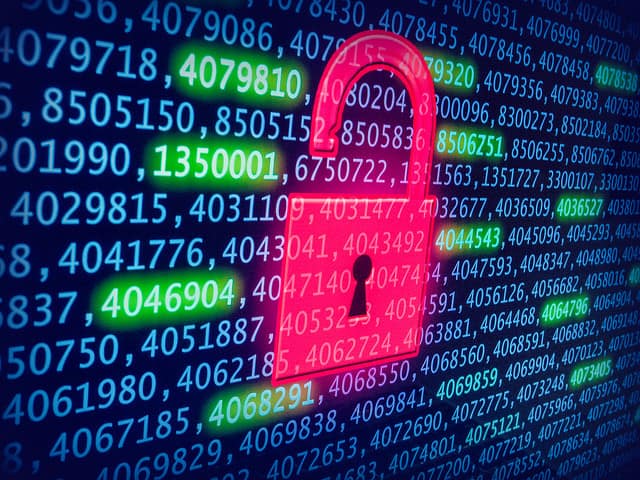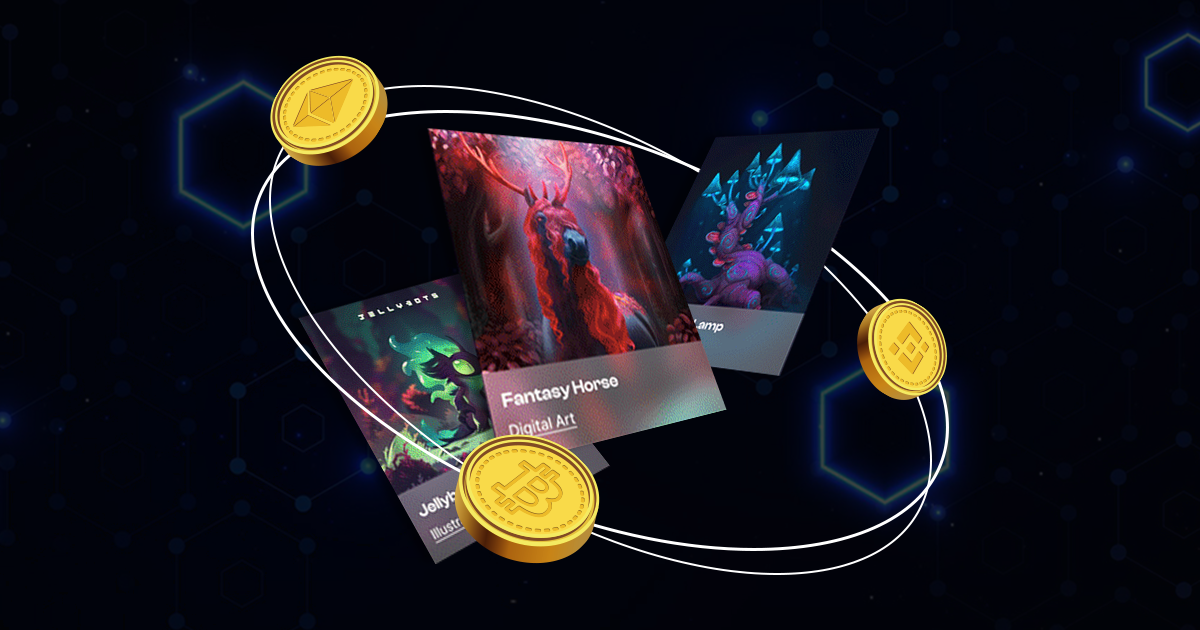In recent years, data breaches have become an all-too-common occurrence. Based on Varonis' 2021 Data Risk Report, most corporations have poor cybersecurity practices and unprotected data, putting them at risk of cyberattacks and data loss. The cost of a single data breach averages $3.86 million and damages a brand's reputation and consumer trust, making mitigating risks a necessity. As cyberattacks become increasingly sophisticated and pervasive, patching up traditional cybersecurity measures may not be sufficient to prevent future data breaches. It's imperative to start looking for more advanced security solutions instead. Using blockchain technology as a way to prevent data breaches may be our best hope when it comes to innovative solutions.
The Basics Of Blockchain Technology
As a result of decades of research and advancement in cryptography and cybersecurity, blockchain technology, also referred to as distributed ledger technology (DLT), has become a reality. As the technology behind Bitcoin network record-keeping, the term "blockchain" was popularized thanks to cryptocurrency. Due to this technology, it is extremely difficult to hack or change a system, as data can be recorded and distributed without being copied. The new way it stores data can provide a promising solution to data breaches in any environment with high-security requirements because it provides a brand-new approach to storing data securely. Based on peer-to-peer networks, a blockchain is a public, digital ledger that stores data across a network of computers. Each block contains several transactions, and whenever a new transaction occurs, it is recorded in the ledger of every network participant. Data breaches could be prevented with their decentralized, immutable nature and robust encryption.
Enhancing Data Security Via Encryption
According to Tim Berners-Lee, we have lost control of our personal data since the invention of the World Wide Web. It has been demonstrated by Domino's data leak in India (among others) that companies store enormous amounts of personally identifiable information (PII), including user names, passwords, payment details, and social security numbers. Although this data is almost always encrypted, it is not as secure as it would be in a blockchain. By utilizing the best aspects of cryptography, blockchain is capable of preventing data breaches in the future. In what ways can a shared ledger provide greater security than traditional encryption methods? As a means of securing stored data, blockchain utilizes two types of cryptographic algorithms: hash functions and asymmetric-key algorithms. With this method, members can only share their data with their consent. They can also specify how the recipient can use the data and the period of time during which they are permitted to do so.
How Hash Functions Work
Whenever the first transaction in a chain occurs, the blockchain's code creates a unique hash value for the first transaction. As more transactions are completed, a Merkle tree is constructed by hashing the hash values of each transaction and encoding them into a Merkle tree as more transactions are completed. The timestamp of the previous block's header is encoded as a hash of the previous block's header which creates a link between two blocks. As a result, this becomes the first link in the chain. As a result of the fact that one block utilizes unique information from another block, the link between these two blocks is immutably linked between them.
Security With Asymmetric Encryption
Known as public-key cryptography, asymmetric encryption encrypts plain text using two keys: a private key produced by a random number algorithm, and a public key. There is no fee to obtain the public key, and it can be transmitted over unsecured channels for free. The user, on the other hand, is the only one who has access to the private key, which is kept a secret from all other parties. There is a very good chance that data cannot be accessed without it. A digital signature is like a real-world signature in the sense that it functions as a digital signature. Through this method, blockchain technology provides individual consumers with the ability to manage their own data as well as specify with whom they wish to share their data over a cryptographically encrypted network.
A Decentralization Process
An Over-reliance on centralized servers is the primary cause of data breaches. As soon as consumers and app users enter their personal information, it is immediately written into the company's database, and the user does not have much control over what happens to it thereafter. It is likely that loopholes will exist even if users attempt to limit the amount of data the company is allowed to share with third parties. It is evident from the Facebook-Cambridge Analytica data-mining scandal that centralization may have catastrophic consequences. Furthermore, cybercriminals may still be able to hack into the server of the company, even with goodwill.
Contrary to this, blockchains are decentralized, immutable records of data. By implementing this decentralization, one trusted, centralized authority will not be required to verify the integrity of data. Rather, it facilitates the sharing of data in a trustless environment. Members are given access to their own data, a system known as zero-knowledge storage. In addition, this makes the network less vulnerable to hackers. The undamaged nodes will quickly detect any intrusion unless they bring down the entire network simultaneously. Decentralization reduces points of weakness, so blockchains are less likely to be compromised by IP-based DDoS attacks than centralized client/server systems.
Unchangeability
Besides the fact that blockchains are decentralized, they are also designed to be immutable, which will further increase the integrity of the data. Data stored on a blockchain cannot be altered because of its immutability. The distributed ledger is accessible to all members of the network, therefore, if there is any corruption in the ledger of a member, it will be immediately rejected by the rest of the network members as a result of the existing distributed ledger being corrupted. It is therefore obvious that any alteration or change to the block data will lead to inconsistency and lead to the blockchain being invalidated due to the inconsistency.
Conclusion
In spite of the fact that blockchain technology has been around since 2009, it has tremendous potential in the field of cybersecurity, especially when it comes to preventing data breaches. With the help of top-notch cryptography employed by blockchain protocols, all data stored in the ledger will be protected from theft and tampering, so it makes it a promising solution for securing data. The fact that all nodes that are running the blockchain must always verify every transaction’s validity before it is executed means that cybercriminals are virtually guaranteed to be stopped in their tracks before they gain access to any private information.
By Rashmi Goel













